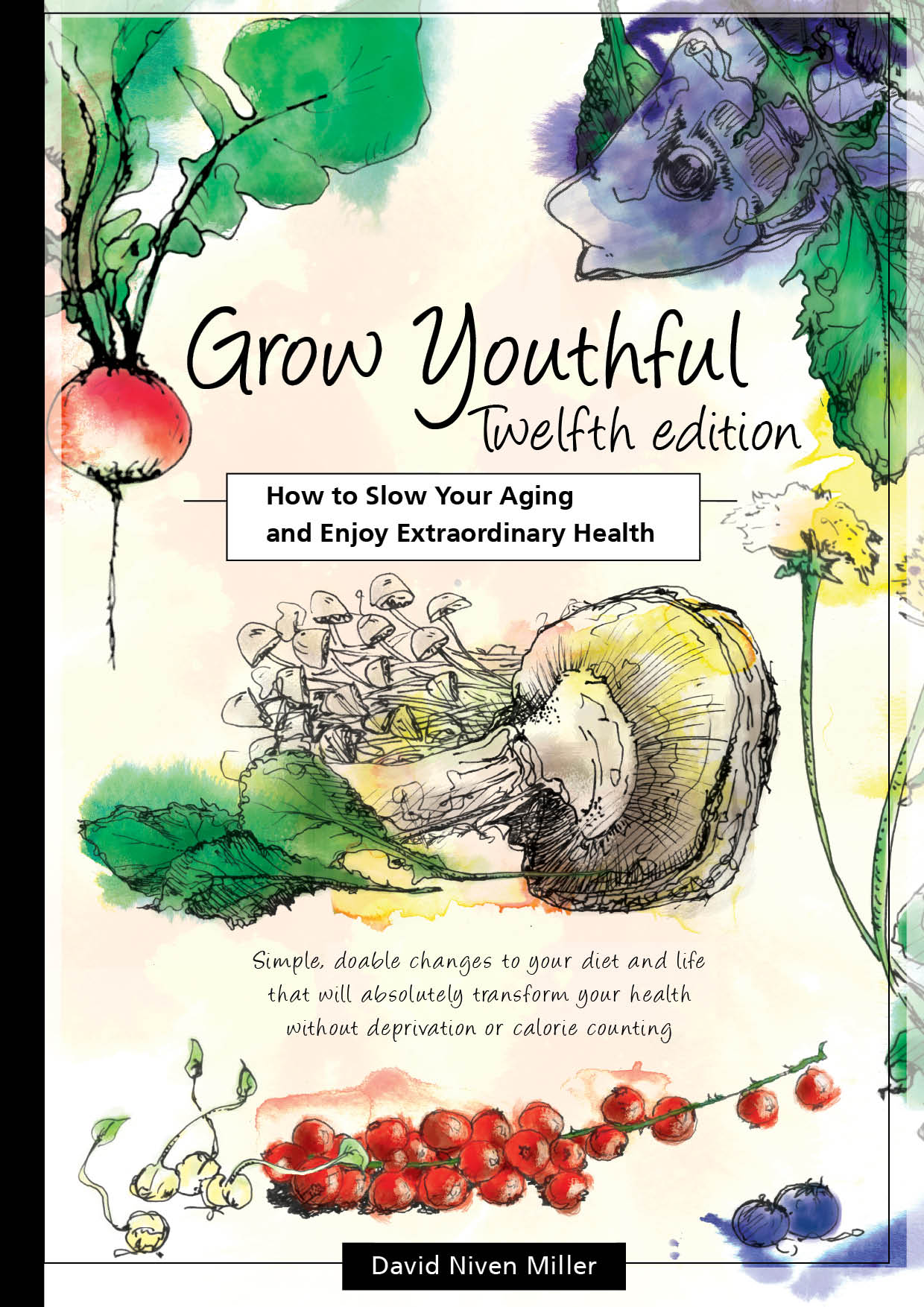
Staphylococcus aureus (golden staph)
What is golden staph?
Antibiotic resistance by S. aureus
S. aureus infection risk
Prevention / remedies / cures / treatment for S. aureus
References
What is golden staph?
Staphylococcus aureus is also known as golden staph. It is one of at least 40 species of the Staphylococcus genus. It should not be confused with the similarly named and similarly dangerous genus Streptococcus.
This bacterium is often found in the nose and on the skin. About 35% of the population are long-term carriers of S. aureus. In most people it has no effect (commensal), in others it causes a range of illnesses from minor skin infections such as pimples, impetigo, boils, carbuncles, scalded skin syndrome and abscesses, to life-threatening diseases like pneumonia, meningitis, osteomyelitis, endocarditis, toxic shock syndrome, bacteremia and sepsis. It can infect skin, soft tissues, bones, the respiratory system and blood vessels.
It can spread with skin-to-skin contact with an infected person, and through contact with towels, sheets, clothing, athletic equipment and objects used by an infected person. Pets and other animals may be carriers. The intact skin of a healthy person normally provides sufficient protection; in any case the bacteria are commensal for most people.
S. aureus can cause food poisoning if it manages to proliferate in a food. It can cause an infection or infect other tissues when skin or mucosal barriers are breached, especially if the immune system of the person is weak or compromised. Prosthetic joints increase the risk of septic arthritis, staphylococcal endocarditis (infection of the heart valves) and pneumonia. S. aureus is often involved in atopic dermatitis.
S. aureus infection is a major risk when visiting a hospital, and it often causes postsurgical wound infections. Each year, some 500,000 patients in American hospitals contract a staphylococcal infection. (2)
Antibiotic resistance by S. aureus
S. aureus is normally treated with pharmaceutical antibiotics. However, 98% are resistant to penicillin. A strain known as MRSA (methicillin-resistant Staphylococcus aureus) has evolved resistance to most or all pharmaceutical antibiotics, including beta-lactam antibiotics, which include the penicillins (methicillin, dicloxacillin, nafcillin, oxacillin, etc) and the cephalosporins.
It is responsible for several difficult-to-treat infections in humans, and in the USA kills an estimated 20,000 people per year.
A study by the Translational Genomics Research Institute showed that nearly half (47%) of the meat and poultry in U.S. grocery stores was contaminated with S. aureus, of which 52% of those bacteria were resistant to antibiotics. (1)
S. aureus infection risk
- MRSA is most often acquired in hospitals, though an increasing number of infections are occurring in the community.
- Open wounds.
- Invasive devices like prosthetics or tubes breaching the skin barrier.
- The elderly and those with weakened immune systems.
- Continual close proximity with other people or sources of infection.
- Intravenous drug users.
Prevention / remedies / cures / treatment for S. aureus
- Oregano oil. (3, 4)
- Tea tree oil. (3)
- Turmeric.
References
1. Translational Genomics Research Institute (TGen).
15 April 2011 Journal Clinical Infectious Diseases.
2. National Institute of Allergy and Infectious Diseases (NIAID), 27 May 1999.
3. Preuss HG, Echard B, Enig M, Brook I, Elliott TB.
Minimum Inhibitory Concentrations of Herbal Essential oils and Monolaurin for Gram-positive and Gram-negative Bacteria.
April 2005, Molecular and Cellular Biochemistry; 272(1-2):29-34.
4. Eng W, Norman R.
Development of an oregano-based ointment with anti-microbial activity including activity against methicillin-resistant Staphlococcus aureus.
J Drugs Dermatol. 2010 Apr;9(4):377-80.
